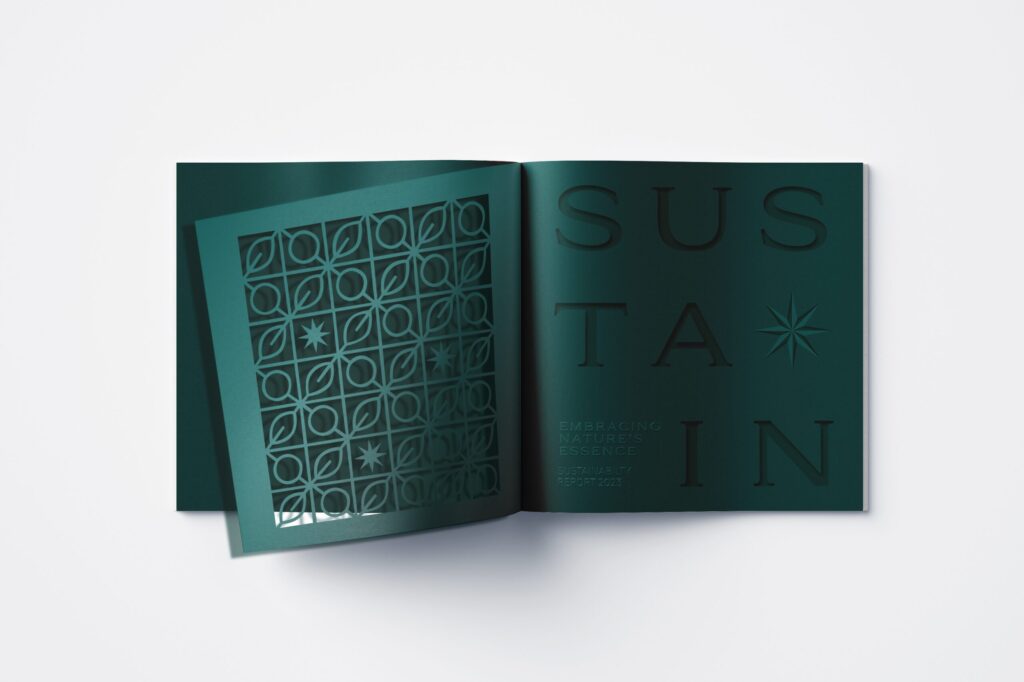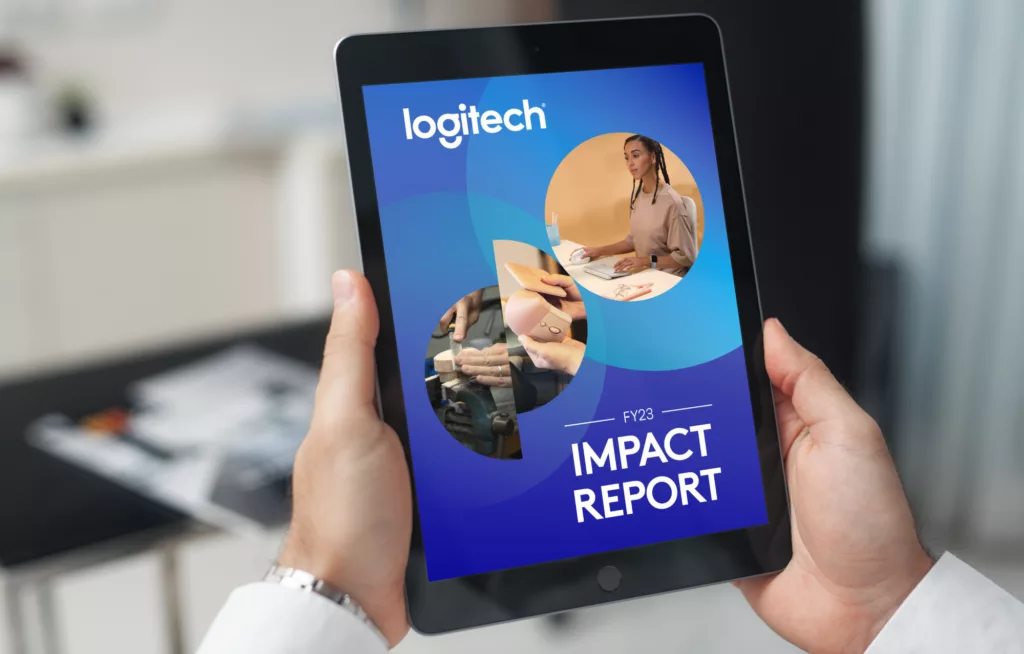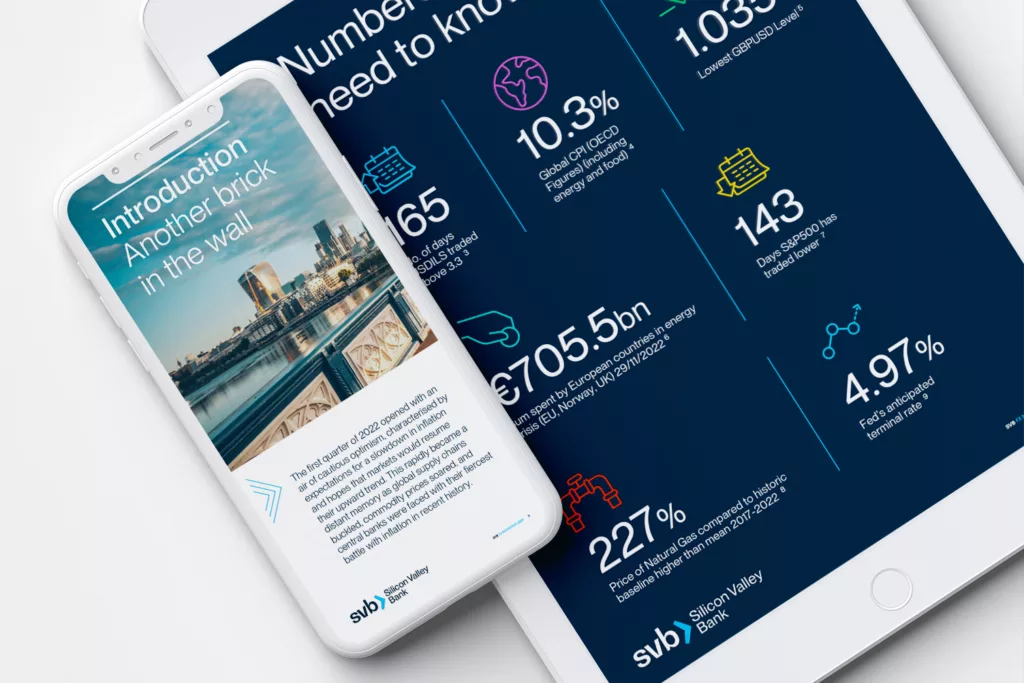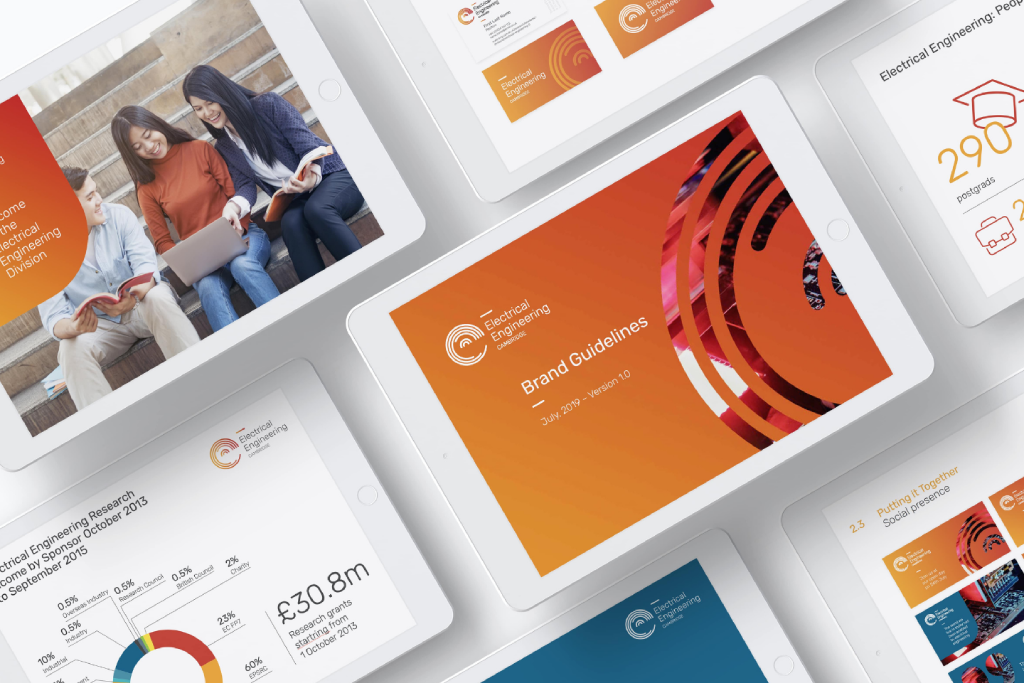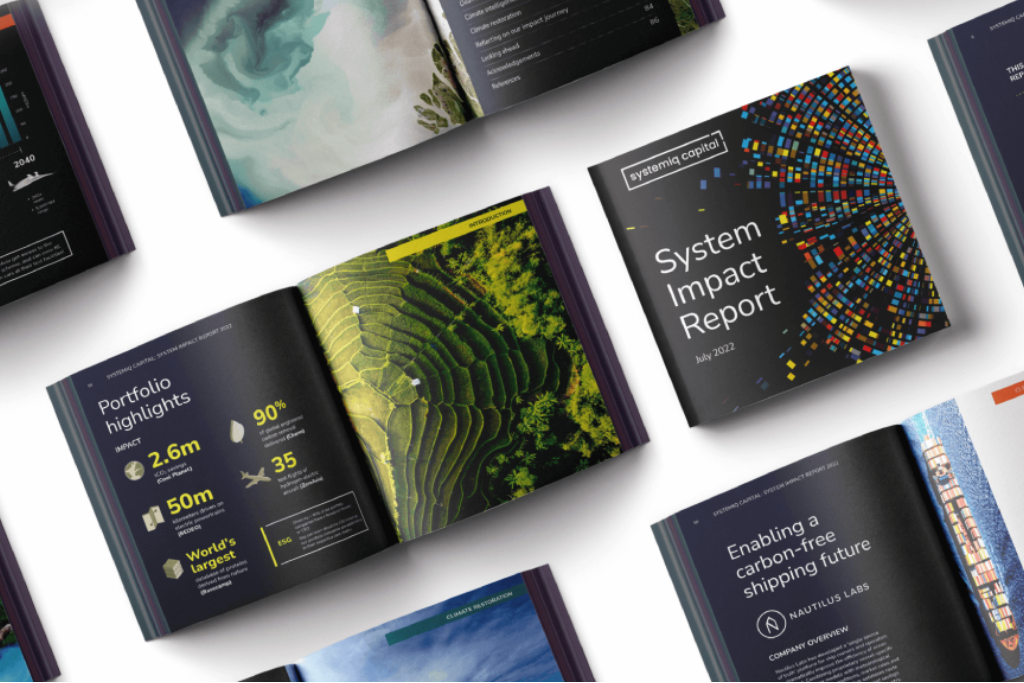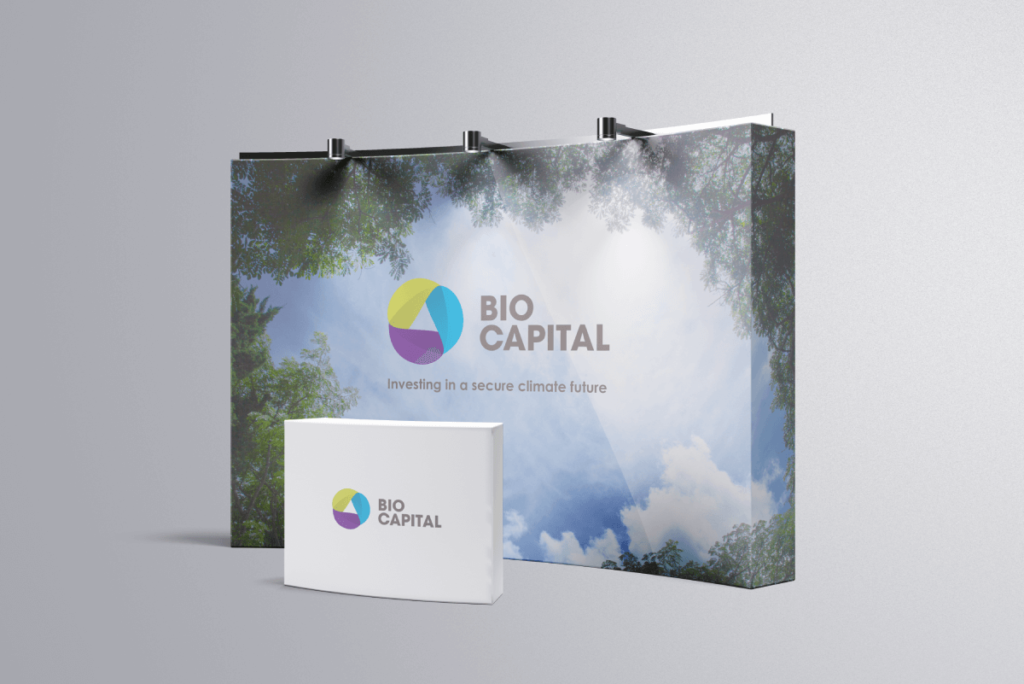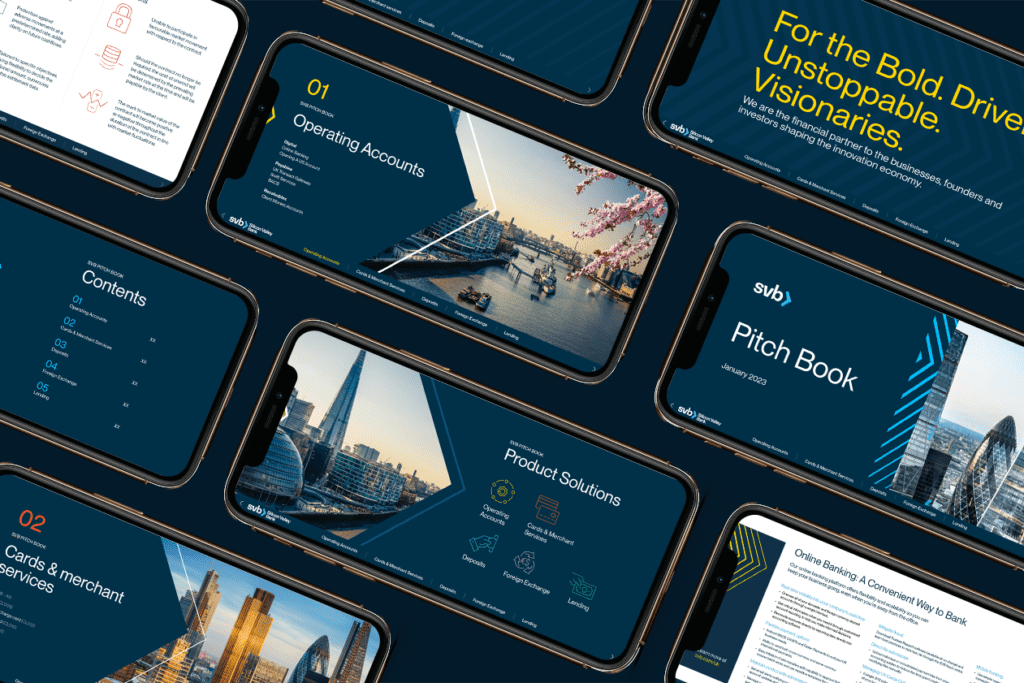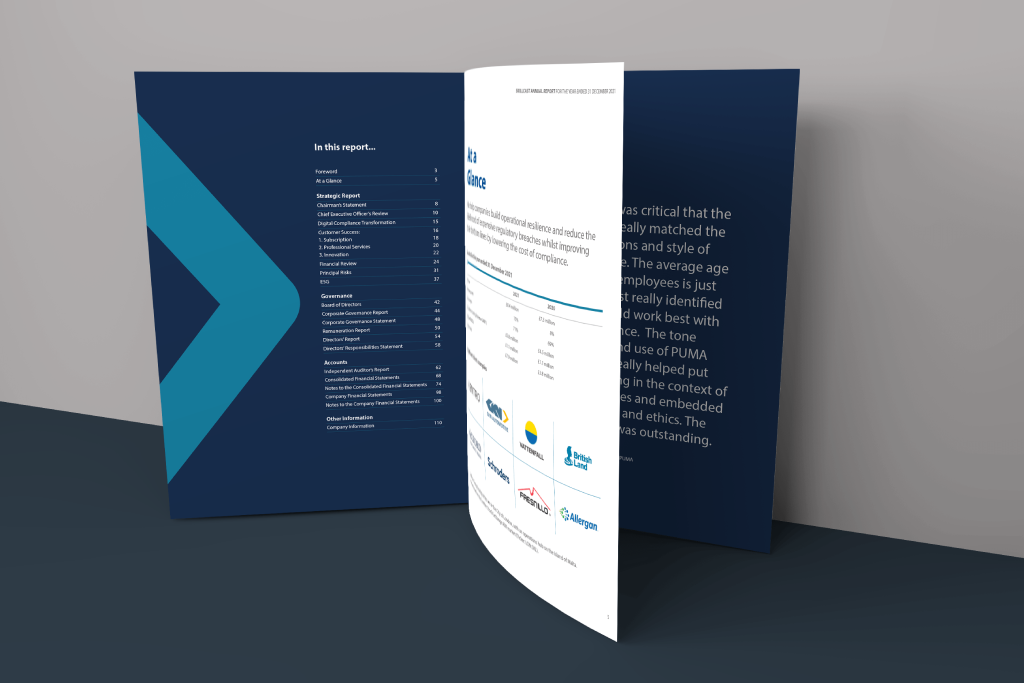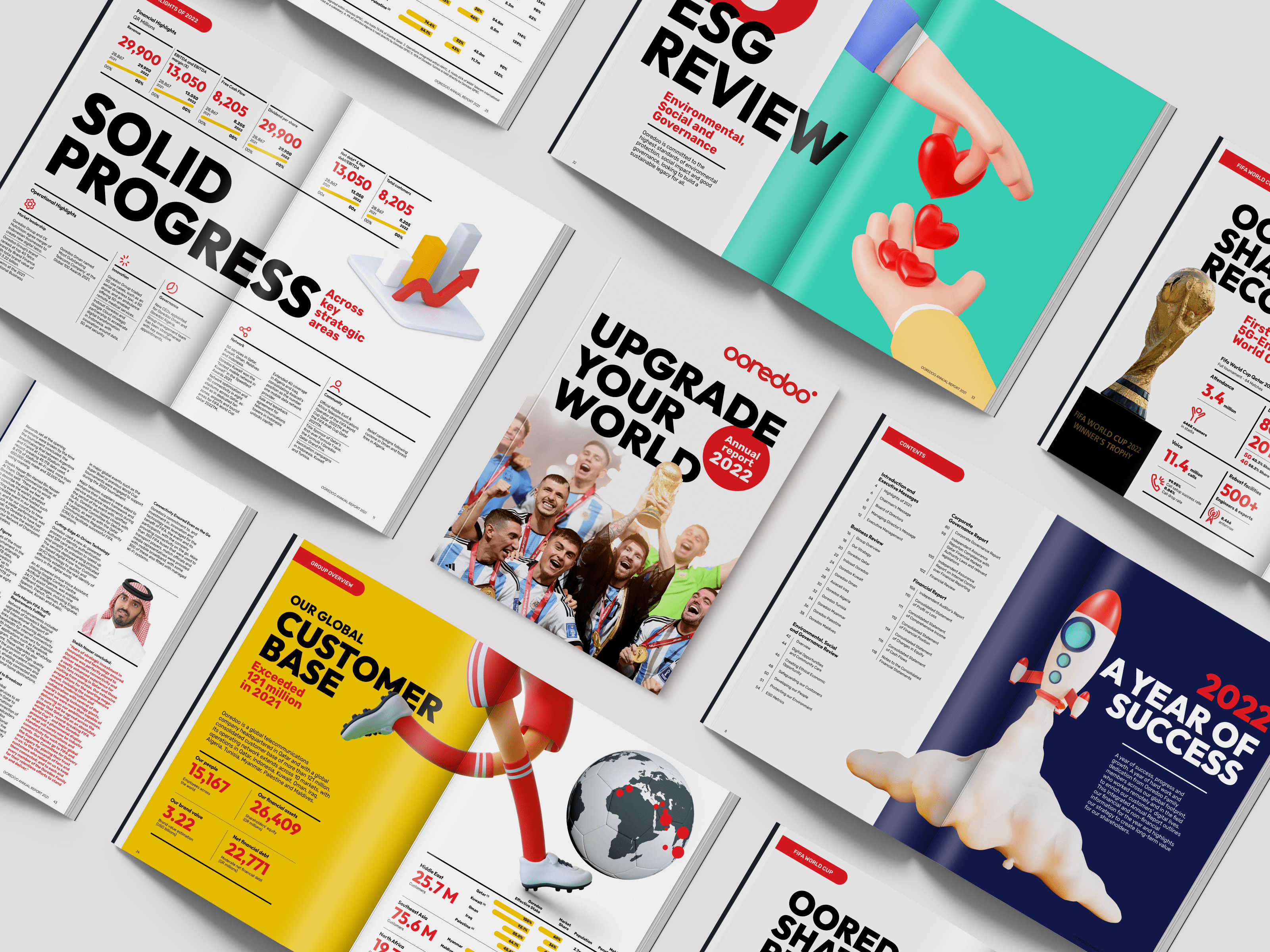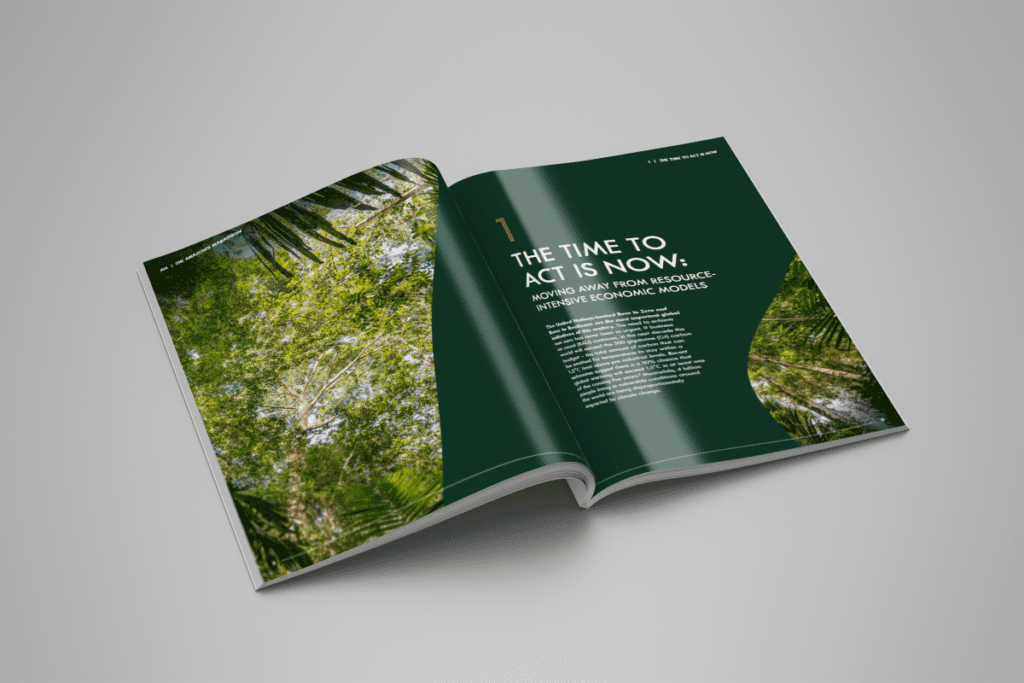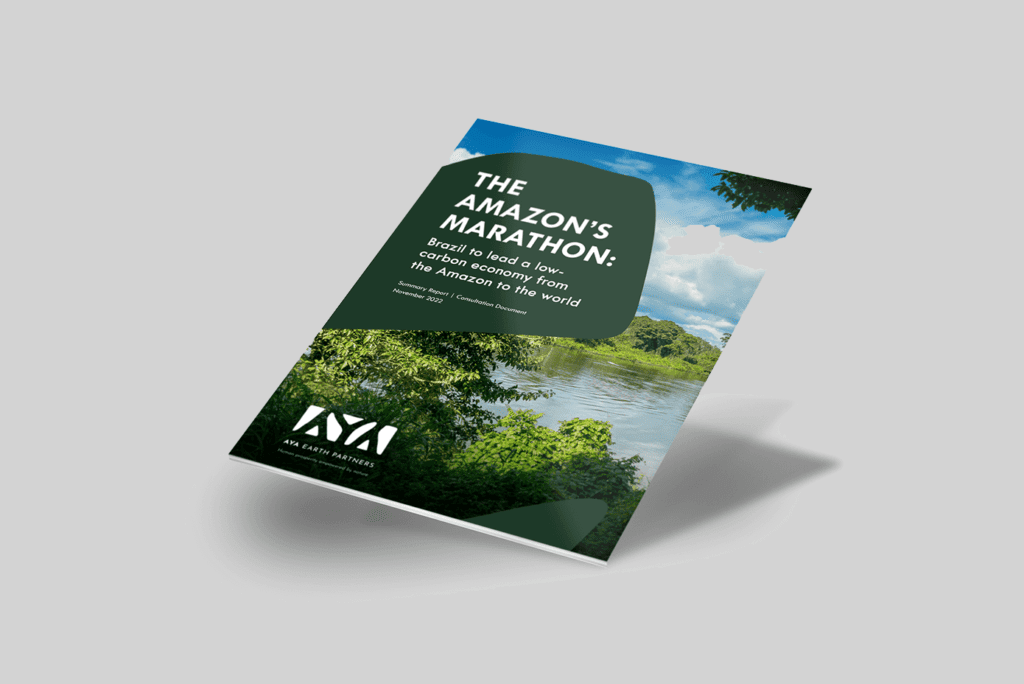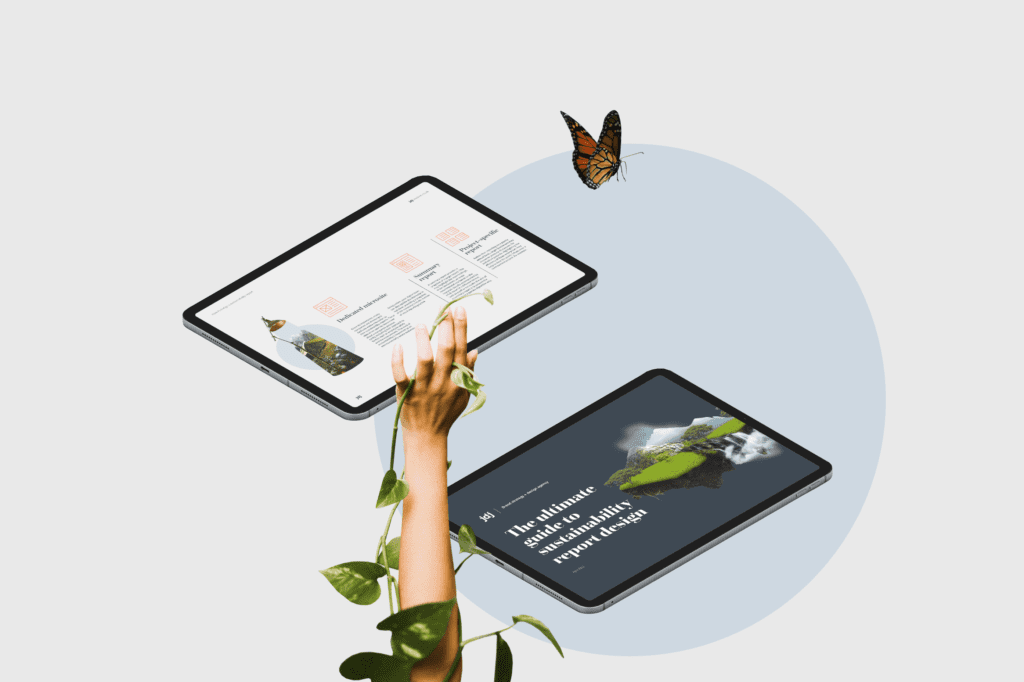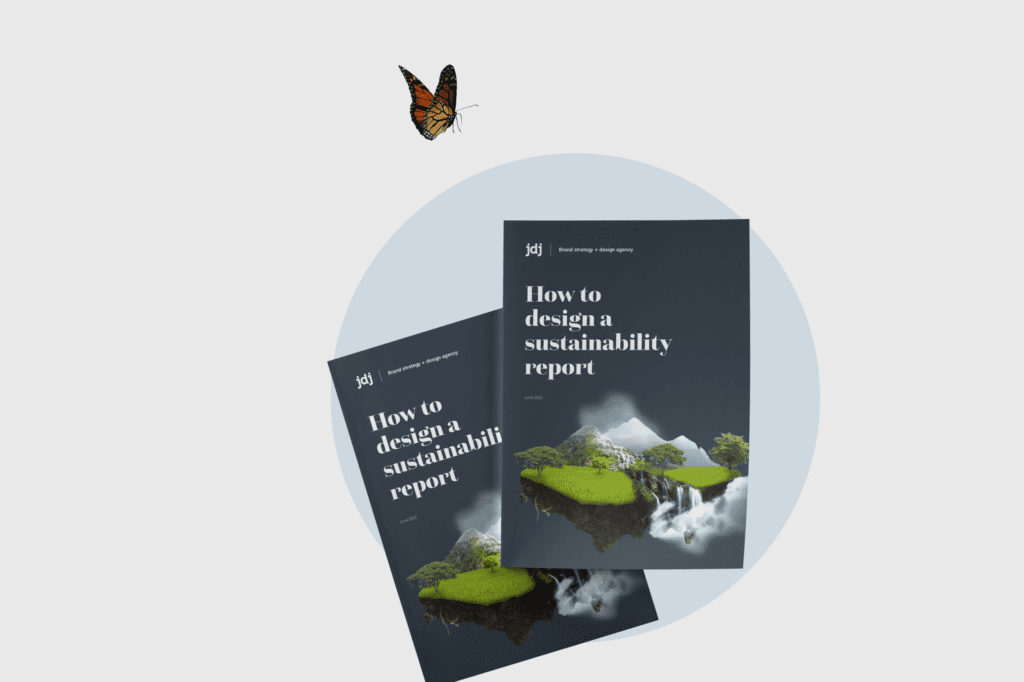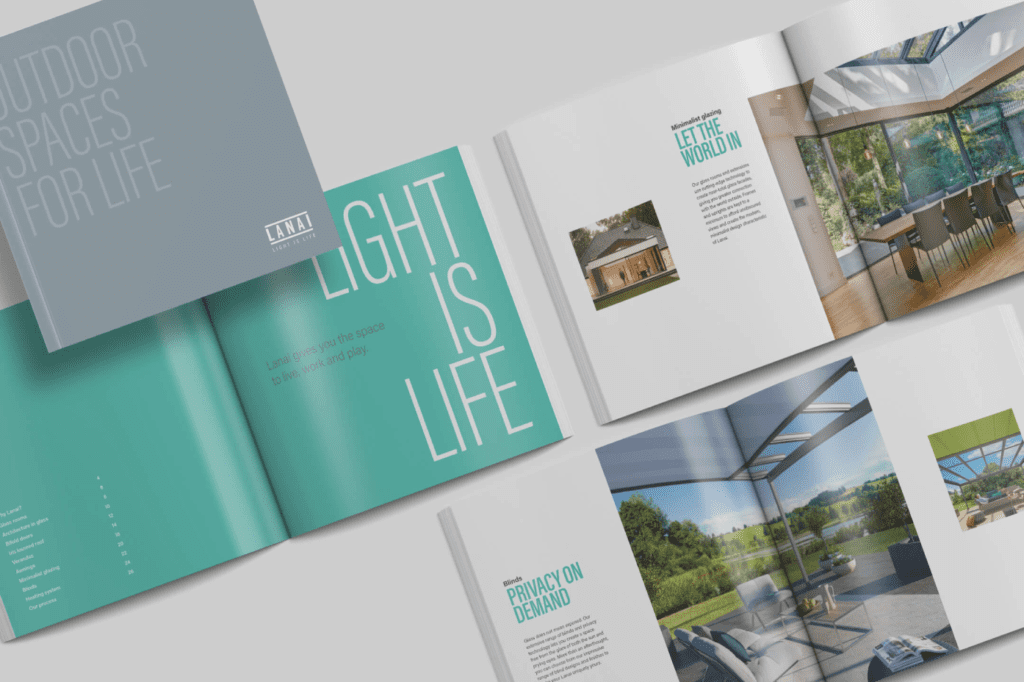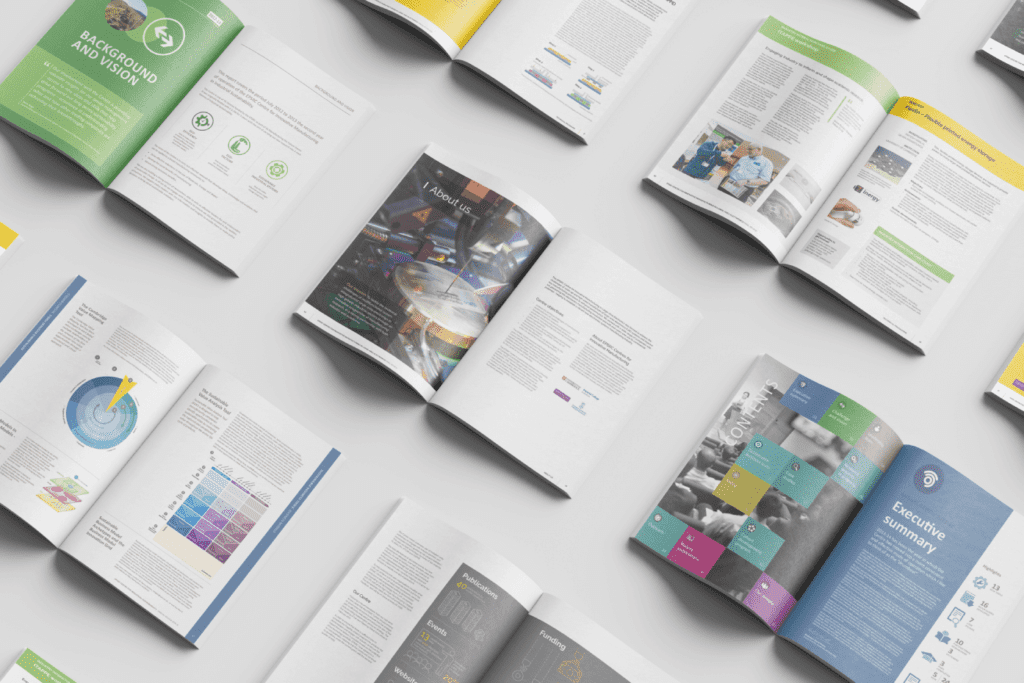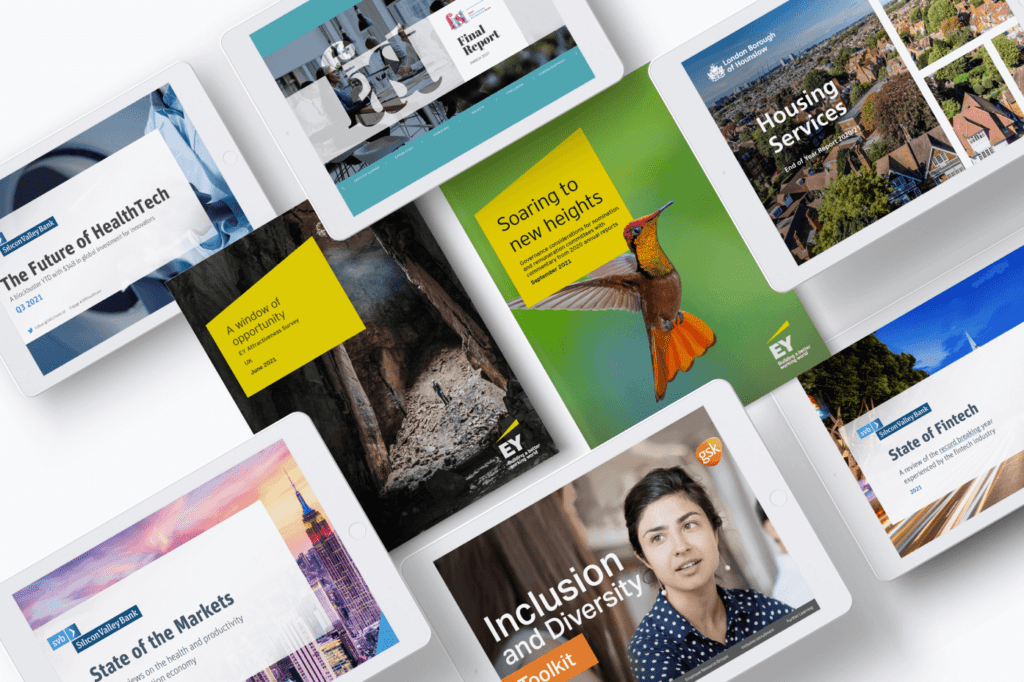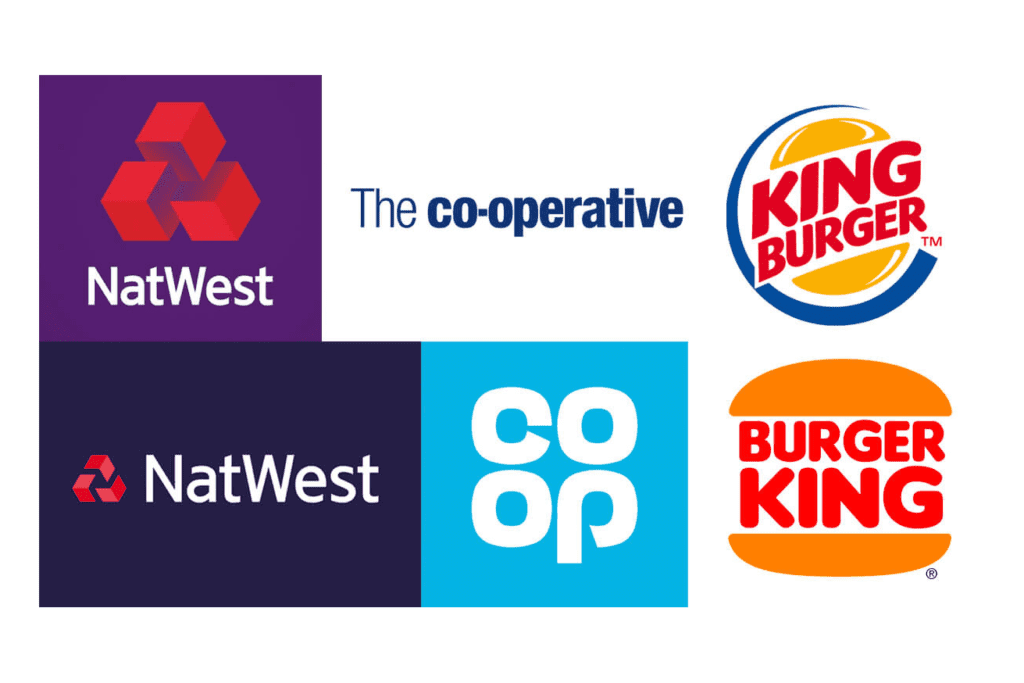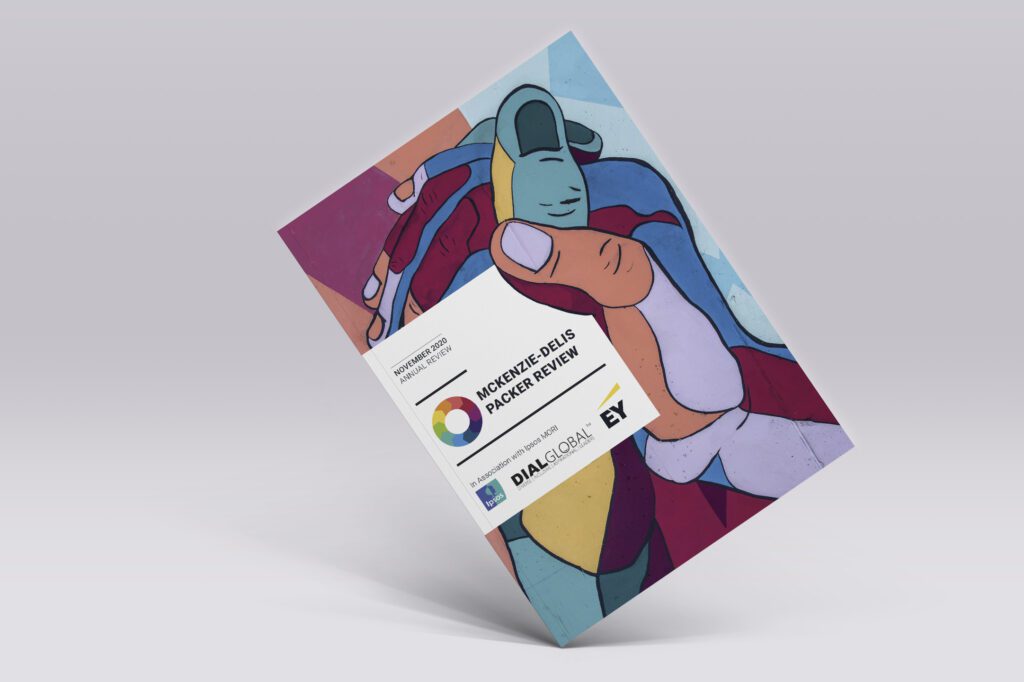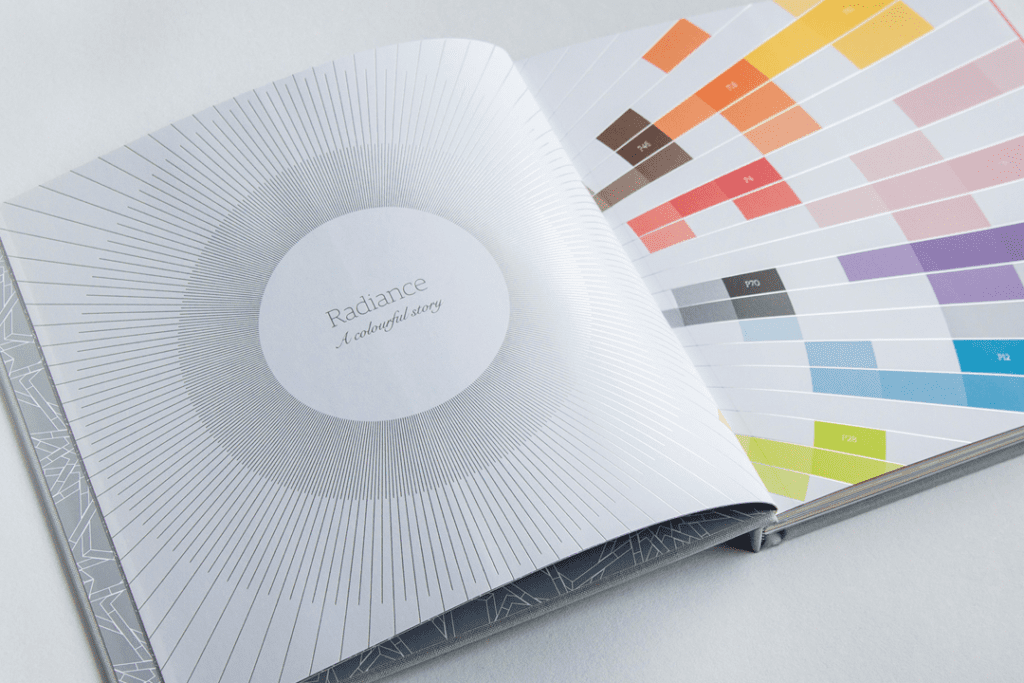In Summary...
As sustainability becomes more important to investors and consumers, companies are increasingly looking to produce ESG reports. This guide shows the sustainability reporting steps needed to produce a great-looking and effective ESG report.
The sustainability reporting steps…
1. Define goals
Before undertaking any research or reporting, it’s important to identify the expectations of your stakeholders and use this information to define the goals of your reporting process. This will highlight why your business is undertaking this research, and what areas to focus on.
To do this will require an understanding of your:
- Target audience – is it internal or external stakeholders, investors or consumers
- Purpose – to build brand awareness, meet reporting commitments, improve company reputation, etc
- Existing processes – these already have proven value to your business, so will form the backbone of your sustainability efforts
- Company vision – how will the goals help you succeed in the short and long term
Without these goals, this entire process could amount to little more than a tick box exercise, with little value to your business. For example, reporting purely on Scope 1 and 2 greenhouse gas emissions may fulfil reporting requirements, but will offer little insight into the costs of other environmental factors on the business.
2. Measure performance
How you collect data will depend on the size of your organisation. While smaller companies can record data through spreadsheets, larger enterprises may choose to deploy dedicated departments and reporting software.
For those starting out with sustainability reporting, it may be enough to measure energy usage, based on itemised bills, alongside qualitative data in the form of regular employee surveys. Sustainability reporting is an iterative process, to improve upon year on year. What is important is taking the first step.
Using the goals already defined, it should be a simple process to decide what metrics to report on. Aligning these metrics with a chosen framework will narrow down the scope of the information required. As a minimum, we recommend aligning any findings with the GRI and SASB reporting standards, as well as the TCFD disclosures.
It is important to note that in the first year it is not expected that businesses report against all metrics in a given framework. By identifying gaps, you should instead implement an actionable plan to address them in future reporting cycles.
Read more: How to measure sustainability
3. Evaluate performance
Ideally, reporting will result in continuous improvement year by year. However, in the first instance, findings provide an initial baseline on which to base future years’ strategies. Figures recorded at this stage may identify many areas for improvement, and you should not ignore or hide this.
By evaluating quantitative data objectively, you can easily identify trends that accurately celebrate progress or identify challenges faced unbiasedly. Having chosen and aligned your findings with a sustainability framework, internal and external stakeholders can easily compare performance across different years and industry peers.



